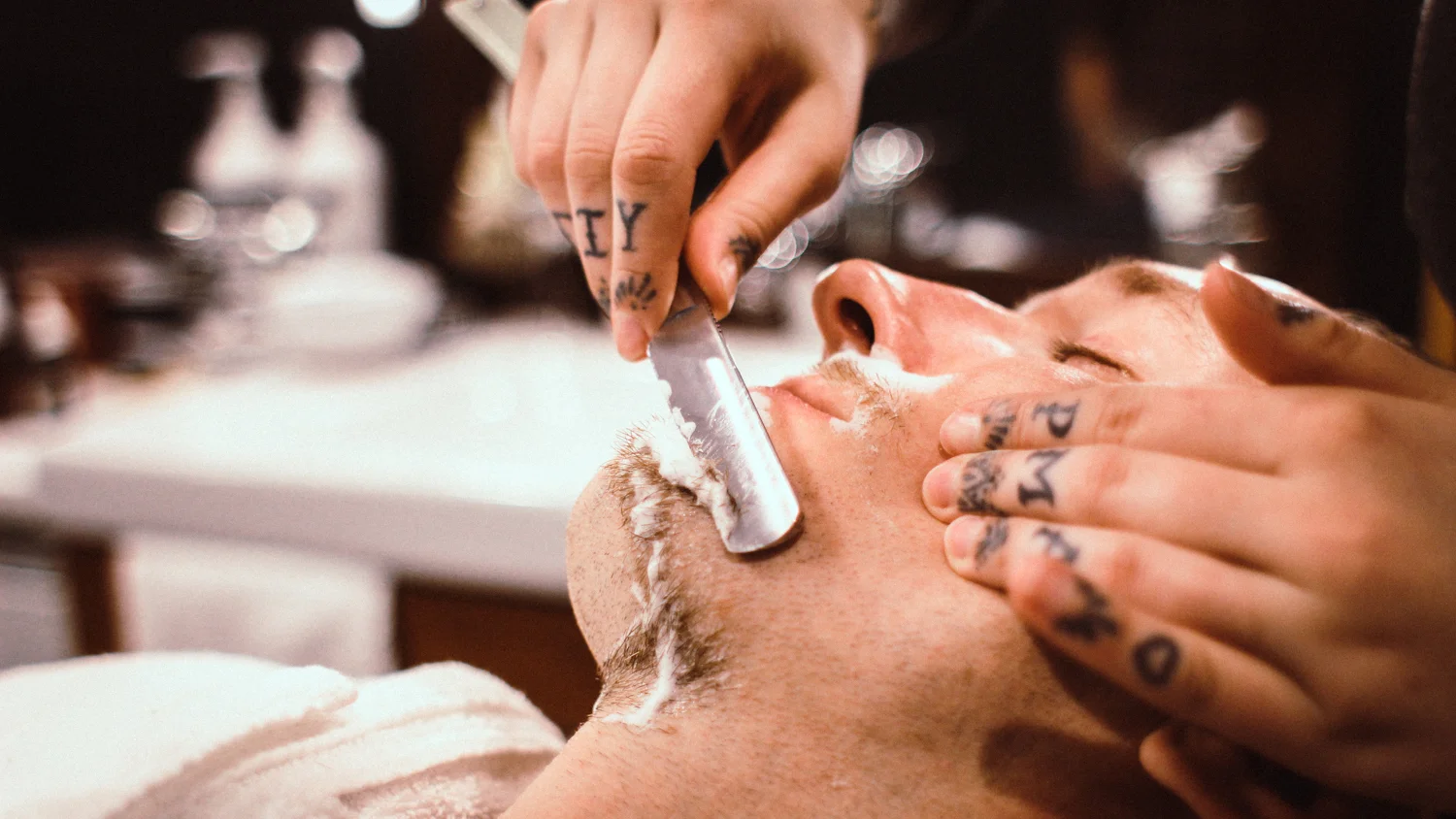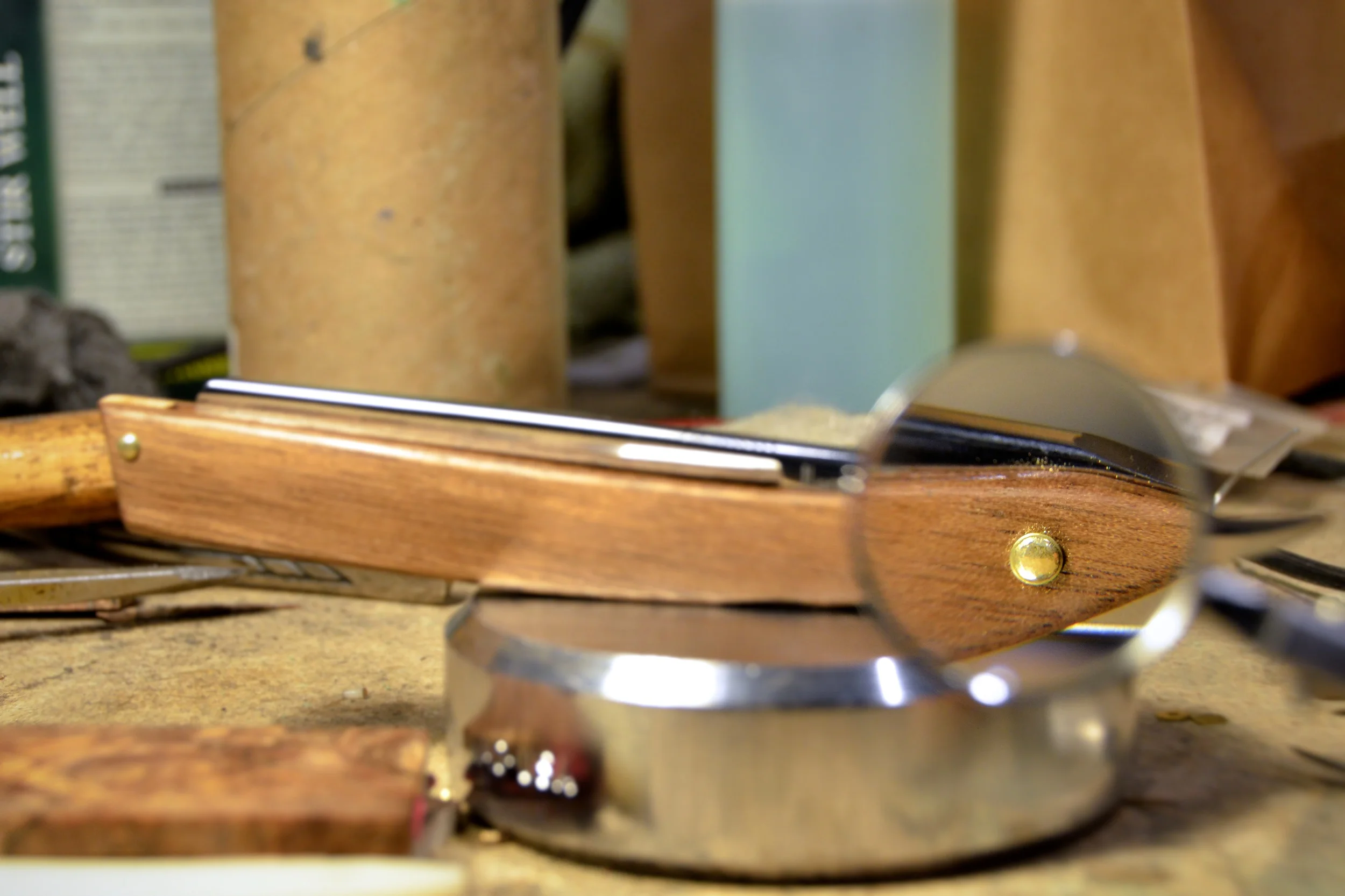Our Pro Line consists of products we recommend for performing top-notch services in barber shops and salons. We received a question this week regarding our Pro Line which we feel might be helpful to other barbers and stylists using our straight razors. With Sydney’s permission, we have included her original email below:
“I am a barber and I recently purchased a straight razor from you guys. I am absolutely in love with it, however, I couldn’t find definitive after care instructions on your site. Any and all help is greatly appreciated.
Best,
Sydney ”
First, we love this question and what it says about Sydney’s professionalism. Not only has she invested in quality, sustainable tools for the trade, she's taking the initiative in learning to care for those tools and protect her investment! For those seeking a competent barber near Simi Valley, look no further. You can book an appointment here: @syd.scissorhands
Straight Razor Care, Between Services
Fortunately, caring for your Cascade Steel straight razor between shaves is super easy and can be broken down into the three S’s:
Strop! — Sanitize! — Store!
Strop
Stropping keeps your razor keen, clean, and ready to shave effortlessly. After sanitation and skin prep, having a sharp blade is the most important factor in providing a quality shave service, so don’t skip it! The more often you strop, the less time it takes each stropping to restore the edge to shaving sharp. At a minimum, strop your razor at the beginning and end of every shift, but ideally before every service. While this may seem like a cumbersome chore--especially at first while you’re getting the technique down--just remember how much time is wasted changing blades in your shavette. It also gets a lot faster the more you practice. Skipping the strop or doing so improperly will result in lost time waiting for the razor to be sharpened down the road. If you haven’t already, be sure to check out our in-depth stropping tutorial.
Sanitize
Between services, rinse the entire razor and immerse in an approved disinfectant. This isn’t just because it’s required by health authorities (which we’ve written about extensively in a previous post); keeping your razor clean will keep it looking and performing its absolute best. Since you’re using our Cascade Steel razors, the entire razor is safe to immerse in water and high-level disinfectants for worry-free sanitation and compliance.
Store
Once your razor is properly stropped and sanitized, close and store it somewhere safe. Ideally, your razor should have its own sheath or box; don’t just toss it in your kit, since other tools can slide between the razor’s scales and damage the edge inadvertently. A toothbrush travel holder is an easy-to-clean and widely available storage solution for your cutthroat razor!
We hope you found this helpful! If you have any other questions, please send them to us!




